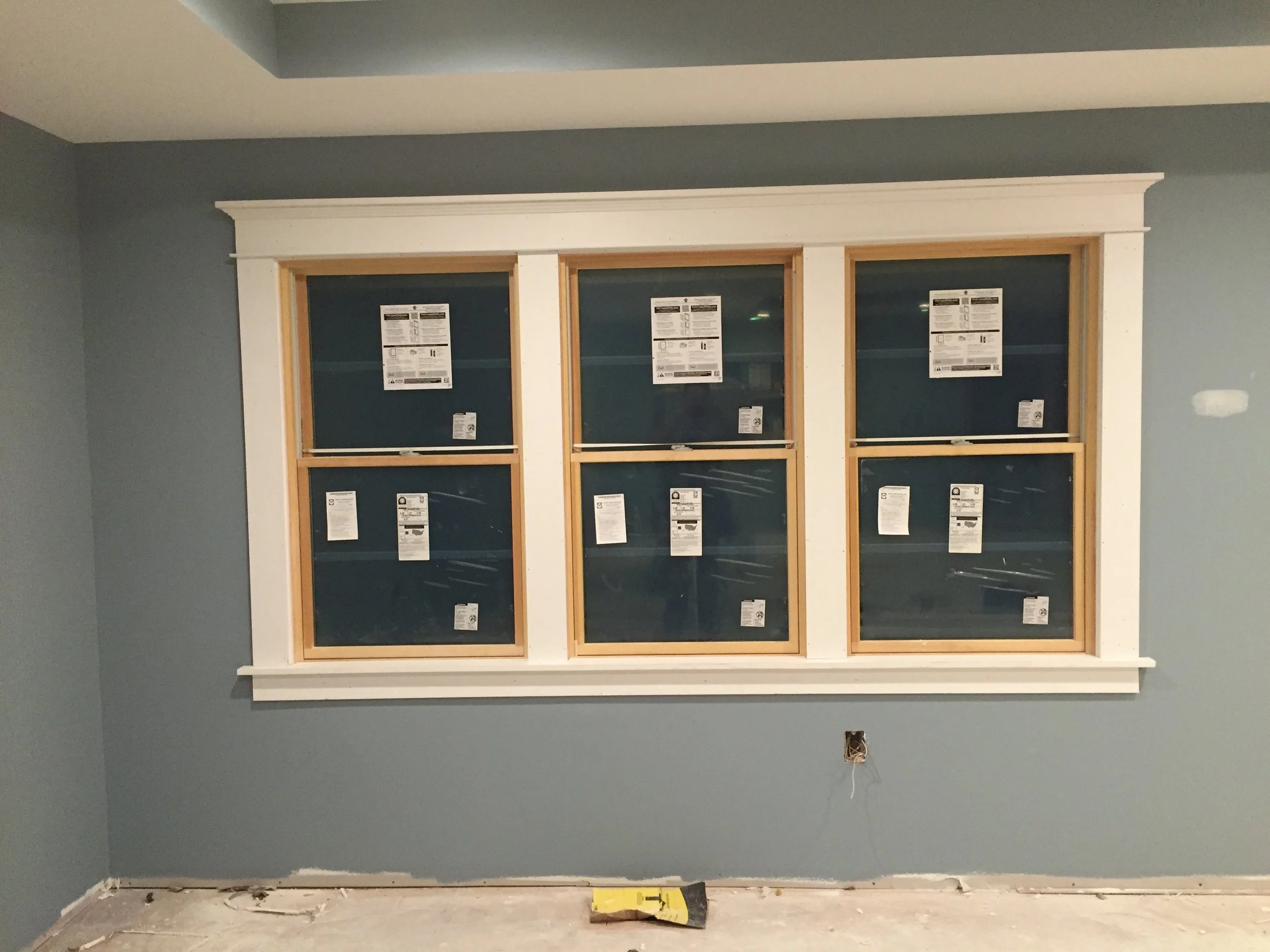How to Install Wainscoting!
I have always loved craftsman style houses and especially wainscoting, so when I remodeled my house I knew I wanted to have wainscoting in my mud room. In this video I show step by step how to install custom wainscoting and one of my favorite ways to use a Plate (biscuit) joiner.













